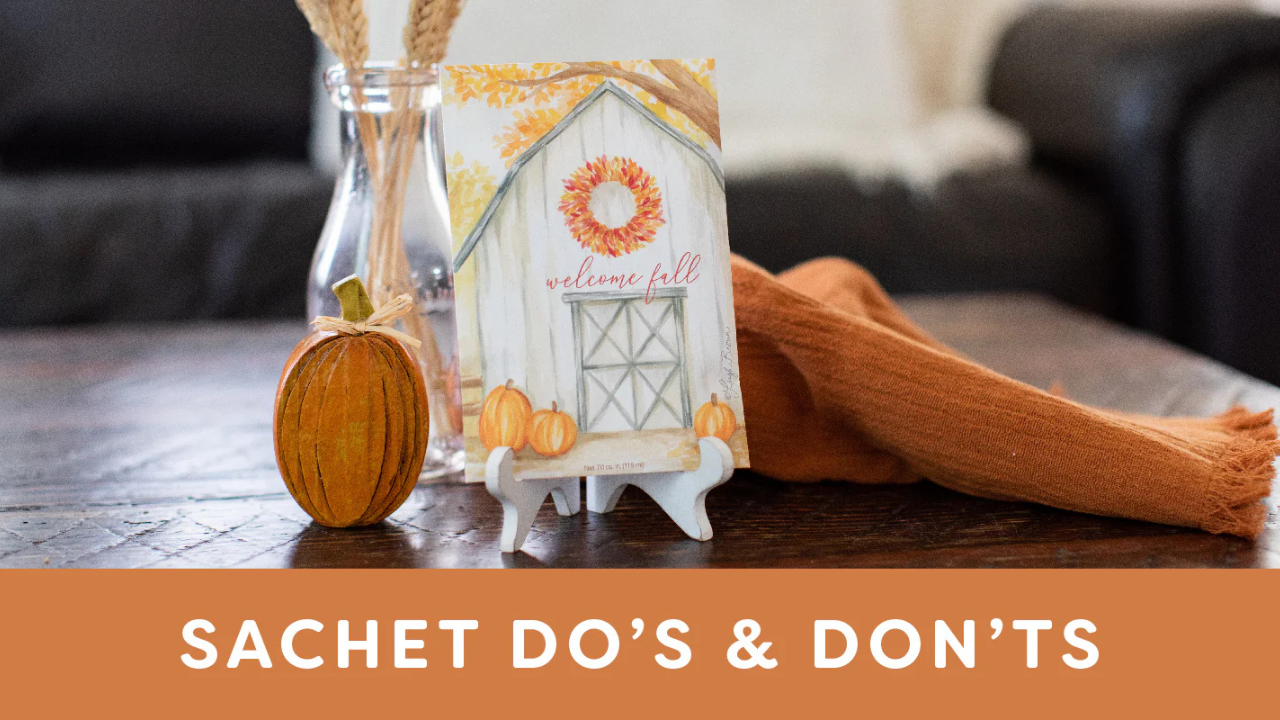Chinese traditional culture is full of symbolic objects and herb expertise, and associated with this richness is the Chinese lavender sachet that people have grown to ignore. These little, perfumed pouches are much more popular than an ornamental piece or a sentimental reminder. Sachets have formed centuries-old practices and were crucial in health, spirituality, and culture. Although traditional Chinese sachets are rather humble in sight, there are a number of hidden advantages that their usage can bring even today.
The history behind it
The history of the Chinese sachet dates back to ancient times, although this kind of sachet was popular during the Tang and Song dynasties. Sachet was initially worn by nobility and intellectuals to represent civilization, intellect, and safety. Sachets were also popular among children who used to wear them during the Dragon Boat Festival in order to repel evil spirits and illness to the extent that they really believed that sachets protect them. As a symbol of love and friendship, such little pouches embroidered with some favorable symbols and filled with pieces of fragrant herbs were also exchanged.
Health and Aromatherapy
The medicinal and aromatic nature of Chinese traditional sachets is one of the greatest values of sachets. Herbal mixtures, such as angelica root, calamus, and clove, would be put into sachets to keep insects away and freshen the air. The herbs, according to the Traditional Chinese Medicine (TCM) approach, are utilized to restore the so-called qi (vital energy), stimulate the circulation, and develop resistance to diseases. Practitioners and individuals who are interested in wellness have only developed an appreciation of taking the sachet due to its mild and strong therapeutic value in recent times.
Spiritual and Emotional Wellness
In addition to physical well-being, Chinese sachets are also spiritual aids. As per the customary thought, powerful fragrances were capable of pushing away bad spirits and evil energies. Sachets were worn in ritual and folk practices and held an essence of spiritual balance and correct emotional clarity. Wearing or giving a sachet was also a ritual that was usually coupled with praying for peace, prosperity, and longevity.
Modern applications and renewal
The theme of the classic sachets is already being revived, in particular, in the context of healthy consumption, environmental responsibility, and cultural sensitivity. The artisans and herbal professionals are also returning with handmade sachets of organic ingredients and locally grown herbs. They can be applied in meditation areas, clothes cabinets, vehicles, as well as in the workplace to allow the surroundings to have soothing, positive odors.
Furthermore, Chinese sachets are beginning to sell as a highly valued present since they feature both beauty and utility in terms of health. In a hurried modern world full of artificiality of fast-food solutions, the diligence of a sachet carries a memory of a somewhat more gradual lifestyle.
Conclusion
Chinese sachets are not mere things of the past; they are eternal wellness, protection, and a cultural tradition companion. In recovering their lost advantages, we enter upon a more complete and joyous dealings with contemporary life as shown us by the immemorial wisdom, and the indwelling power of the perfumes of nature.
